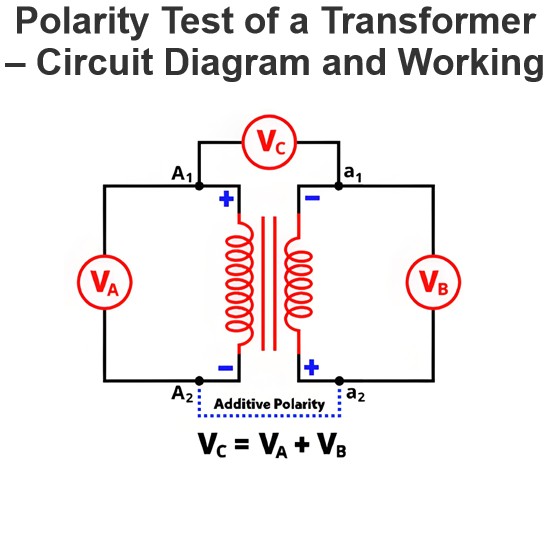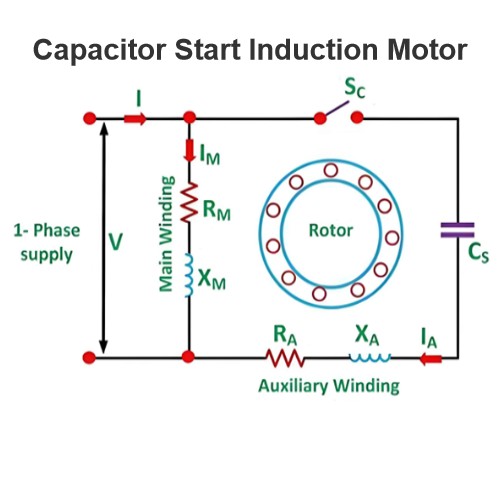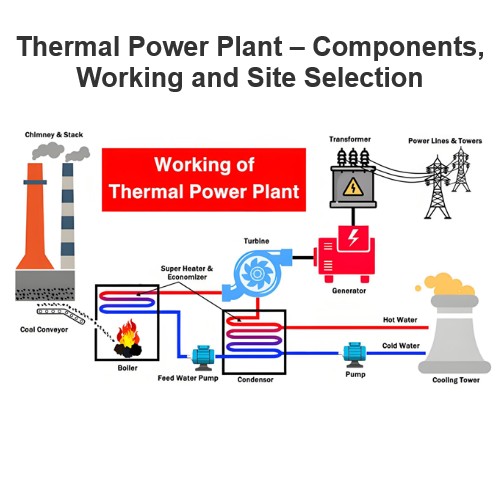Hybrid Stepper Motor
Meaning and Working of Hybrid Stepper Motor
The term “Hybrid” denotes a combination or mixture. A Hybrid Stepper Motor integrates the characteristics of both the Variable Reluctance Stepper Motor and the Permanent Magnet Stepper Motor. At the core of the rotor, an axial permanent magnet is incorporated. This magnet is magnetized to generate a pair of poles, namely the North (N) and South (S) poles, as illustrated in the figure below:
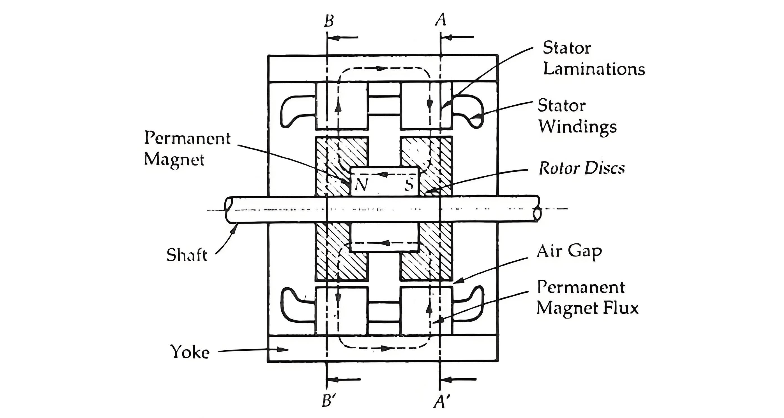
End caps are installed at both ends of the axial magnet. These end caps feature an equal number of teeth that get magnetized by the magnet. The cross - sectional view of the two end - caps of the rotor is presented below:
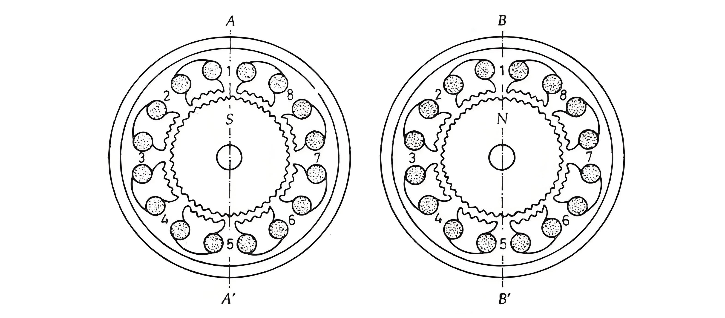
The stator is equipped with 8 poles, each having a coil and S number of teeth. In total, there are 40 teeth on the stator. Each end - cap of the rotor has 50 teeth. Given that the number of teeth on the stator and rotor is 40 and 50 respectively, the step angle can be expressed as follows:

Operational Mechanics
In a hybrid stepper motor, the rotor teeth initially align perfectly with those of the stator. The teeth on the two end caps of the rotor, however, are offset from one another by half of the pole pitch. Due to the axial magnetization of the central permanent magnet, the teeth on the left - hand end cap are magnetized as south poles, while those on the right - hand end cap take on a north - pole polarity.
The motor's stator poles are configured in pairs for electrical excitation. Specifically, the coils on poles 1, 3, 5, and 7 are connected in series to form phase A, while the coils on poles 2, 4, 6, and 8 are linked in series to constitute phase B. When phase A is energized with a positive current, stator poles 1 and 5 become south poles, and poles 3 and 7 transform into north poles.
The motor's rotation is precisely controlled through a specific sequence of phase energization. When phase A is de - energized and phase B is activated, the rotor rotates by a full step angle of 1.8° in the counterclockwise direction. Reversing the current flow to phase A (energizing it negatively) causes the rotor to advance an additional 1.8° in the same counterclockwise direction. For continuous rotation, phase B must then be negatively energized. Thus, to achieve counterclockwise rotation, the phases are energized in the sequence: +A, +B, -A, -B, +B, +A, and so on. Conversely, clockwise rotation is achieved by following the sequence +A, -B, +B, +A, and repeating this cycle.
Key Advantages
One of the most notable features of the hybrid stepper motor is its ability to maintain its position even when power is removed. This phenomenon occurs because the permanent magnet generates a detent torque, which holds the rotor in place. Other significant advantages include:
Fine - grained Resolution: Its smaller step length enables highly precise positioning, making it suitable for applications requiring accuracy.
High Torque Output: The motor can generate substantial torque, allowing it to drive heavy loads effectively.
Power - off Stability: Even with de - energized windings, the detent torque ensures the rotor remains stationary.
Optimal Low - speed Efficiency: It operates with high efficiency at lower speeds, ideal for applications where slow, controlled movement is necessary.
Smooth Operation: A lower stepping rate contributes to smoother motion, reducing vibrations and noise.
Limitations
Despite its many strengths, the hybrid stepper motor has several drawbacks:
Higher Inertia: The motor's design results in increased inertia, which can slow down acceleration and limit its responsiveness to rapid changes in motion commands.
Increased Weight: The presence of the rotor magnet adds to the motor's overall mass, which may pose challenges in weight - sensitive applications.
Magnetic Sensitivity: Any fluctuations in the magnetic strength of the permanent magnet can significantly impact the motor's performance, leading to inconsistent operation.
Cost Considerations: Compared to variable reluctance motors, hybrid stepper motors generally come with a higher price tag, which can increase the overall cost of projects that utilize them.
In summary, the hybrid stepper motor offers a unique combination of advantages and limitations. Understanding these characteristics is essential for selecting the most appropriate motor for specific applications in the fields of automation, robotics, and precision control.
The Electricity Encyclopedia is dedicated to accelerating the dissemination and application of electricity knowledge and adding impetus to the development and innovation of the electricity industry.


